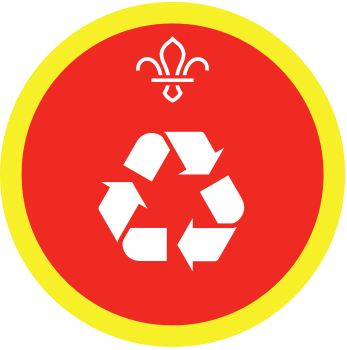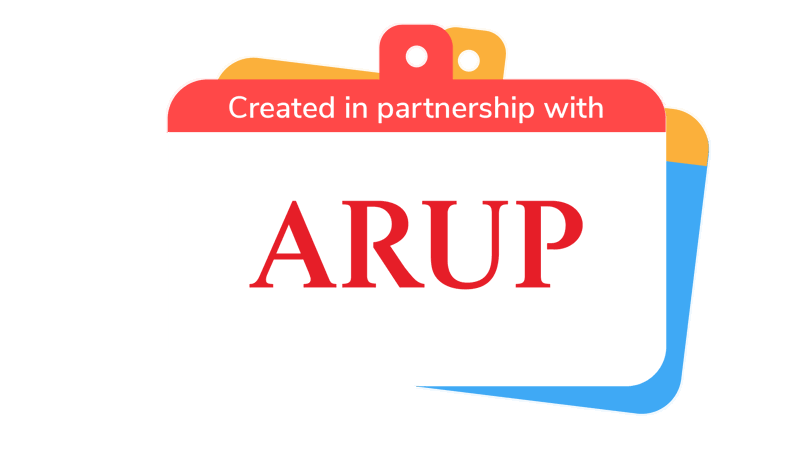
Investigate different insulating materials
You’ll need
- Either a hot plate (ideally with temperature control), or a hob with a pan and heatproof bowl
- 5 heatproof bowls
- 4 types of insulation material, such as newspaper, wool, aluminium foil and thin plastic
- Scissors
- Ice cubes
- A timer
- Pen and paper
- Weighing scales
- PPE (protective equipment), such as heatproof gloves or oven gloves
- Fire extinguisher or fire blanket
- First aid kit for burns
Before you begin
- Use the safety checklist to help you plan and risk assess your activity. Additional help to carry out your risk assessment, including examples can be found here. Don’t forget to make sure all young people and adults involved in the activity know how to take part safely.
- Make sure you’ll have enough adult helpers. You may need some parents and carers to help if you’re short on helpers.
Setting up this activity
- Before running this activity, you’ll need to fill an ice cube tray full of water. You need to create enough ice cubes for your group, making sure they’re the same size. You can also buy ice cubes, but check they’re the same size, too.
- Your risk assessment must include controls to remove or reduce the risk of people getting burned or scalded.
- You may want to have a safety talk about the equipment you’re using before running this activity.
Discovering what insulation is
- Gather everyone in a circle.
- Explain that over the last few years, how much energy we use has become a focus for many households. This is because energy costs are increasing, and people are becoming more aware of the impact of burning non-renewable sources of energy on the environment.
- Tell everyone that there are two ways of reducing energy consumption. See if anyone can guess what they are. After a few guesses, unless someone has guessed correctly, tell everyone the two ways are to use energy more efficiently and to prevent heat escaping.
- Ask the group how they use energy efficiently and how they can use it more efficiently. Choose one or two people to answer.
- Ask everyone what you think could help with preventing heat escaping. Choose one or two people to answer. Tell everyone that insulation can help prevent heat escaping.
- Now, ask everyone if they know what insulation is, what it does or how it works.
- Tell everyone that insulation reduces unwanted heat transfers. Insulation helps things retain heat or stay cool. We can insulate things by using materials with low thermal conductivity, by trapping air so it can’t transfer energy by moving, or by using thicker materials.
Exploring good insulation materials
- Now, see if anyone can name any good insulators. Some examples are wool, polystyrene and rubber.
- Ask if anyone can think of any examples of insulation that we might use in our everyday lives. Some examples might be a thermos mug, wearing a woolly jumper, or a cool box.
- See if anyone has insulation in their home, such as in their windows, walls, roof or any loft/attic space. Explain to everyone that buildings often feel too warm in the summer and too cold in the winter. In the summer, heat energy transfers to the building from its warmer surroundings. In winter, heat energy transfers from the building to its colder surroundings. It costs money to keep a building warm, so various steps are taken to reduce the rate at which energy is transferred from it by heating.
- Now, explain to everyone that they’re going to conduct a scientific experiment to see which material is the best insulator. They’ll be comparing newspaper, wool, aluminium foil and thin plastic.
Exciting experiments
- A responsible adult should turn the hot plate on at a low heat. When deciding where to plug it in, if you have the ability, consider how you can safely place the hot plate at a level where everyone can easily observe the experiment.
- If you don’t have access to a hot plate alternatively you can use a hob with a pan, filled with water, and the heatproof bowls would then be carefully and safely placed into the water. To make things fair ensure the heat source for the hob is turned off before the experiment starts to ensure an even heat.
- Gather the five heatproof bowls. Take the four different materials and pass them around so everyone can inspect them and feel them, if they want to. Chat through each material and see which people think will insulate the ice cubes, and stop them from melting, better than the rest.
- Now ask people to add a thin layer to each of the heatproof dishes, so they’re covered. Make sure that you add a similar volume of material and thickness. People may need to push down and compress the material onto the bowl.
- Leave one bowl without anything in it, as this will be the control.
- Add in an ice cube to each dish and quickly add each of the dishes to the hot plate and start the timer, then everyone should time how long each cube takes to melt. Depending on the space on the hot plate, or in the pan, you may need to do this one at a time.
- If you need to, you can shorten the experiment. Weigh each ice cube at the start of the experiment then take out the cubes at a set time and weighing them again. Record how much mass (weight) has been lost and the cube that weighs the least has melted the quickest.
The most impressive insulation
- Gather everyone back in a circle.
- Ask everyone which insulation material was best and how they know. The ice cube that melted slowest (or alternatively weighed the most at the end) would have been on the best insulating material. The ice cube that melted the fastest (or alternatively weighed the least at the end) wouldn’t have been on a well-insulated material in the bowl.
- See if each material insulated as well as everyone thought it would. Ask how they compared to the control, the bowl with no insulating material, as well.
- There are other factors that determine why a certain material will be chosen to. See if anyone knows what they are. They are:
-
- Cost: If price is a factor, a lower performing (and often therefore lower cost) material may be best.
- Volume: Similar insulation properties may be achieved through increased volume. Depending on the space is available, one material may be more suitable.
- Weight: Some insulating materials weigh more than others. A heavy material may not always be able to be supported, such as in a roof.
- Sustainability: It’s important to understand how a material is made and how it may be recycled to make sure it’s sustainable to use.
- Now ask everyone which material they’d choose as an insulator and why.

This activity helps contribute towards some of the UN's Sustainable Development Goals. Find out more about the SDGs, and how Scouts across the world are getting involved.
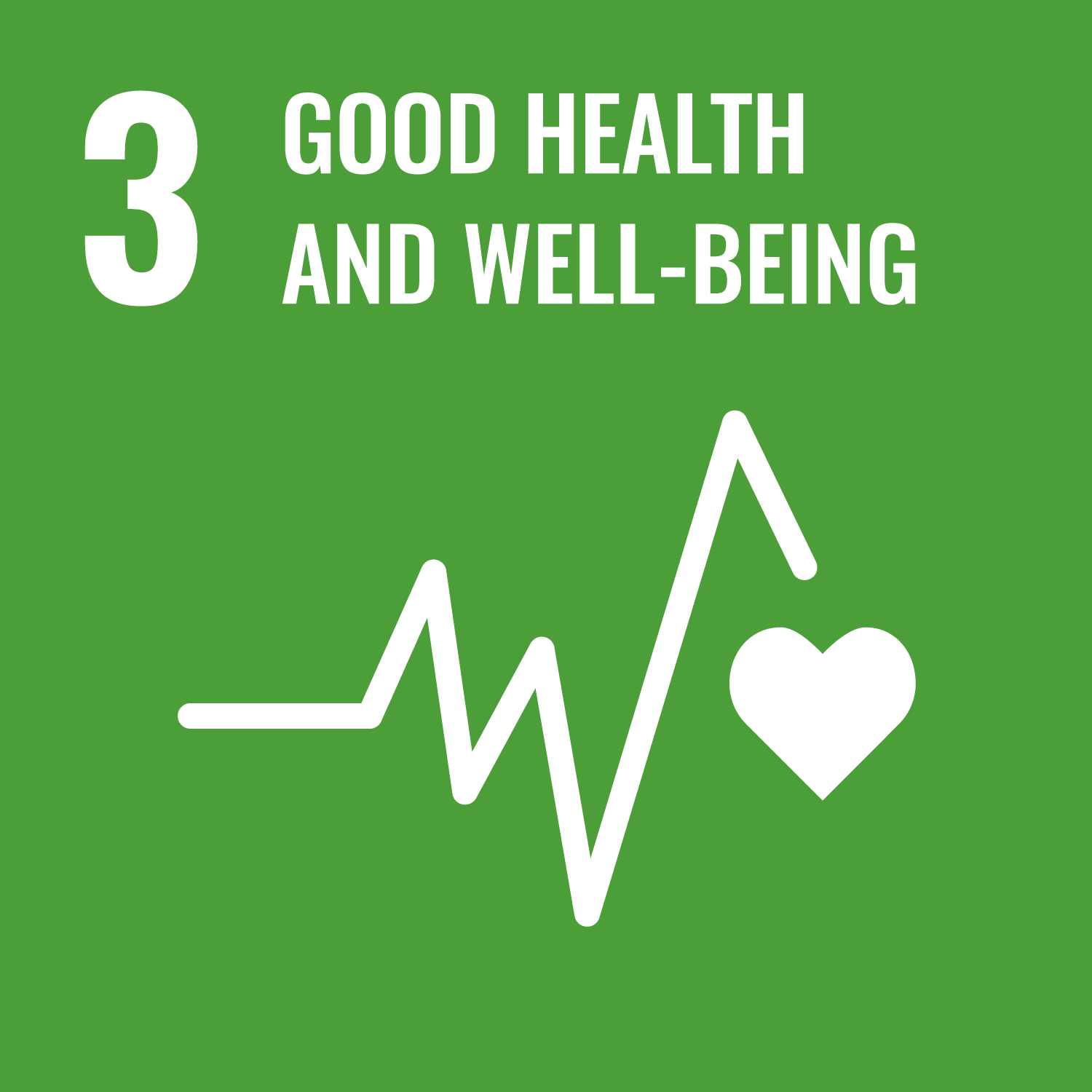
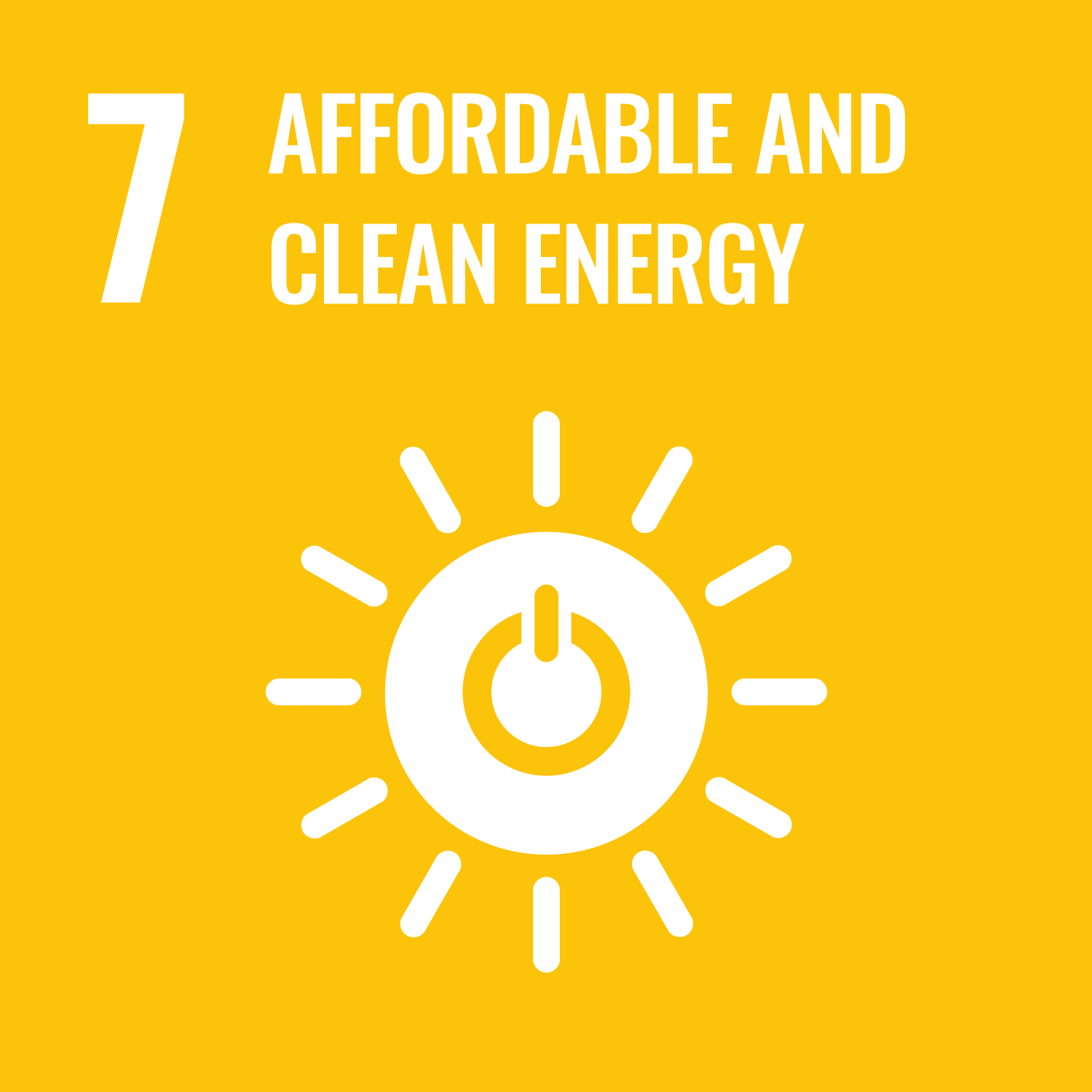
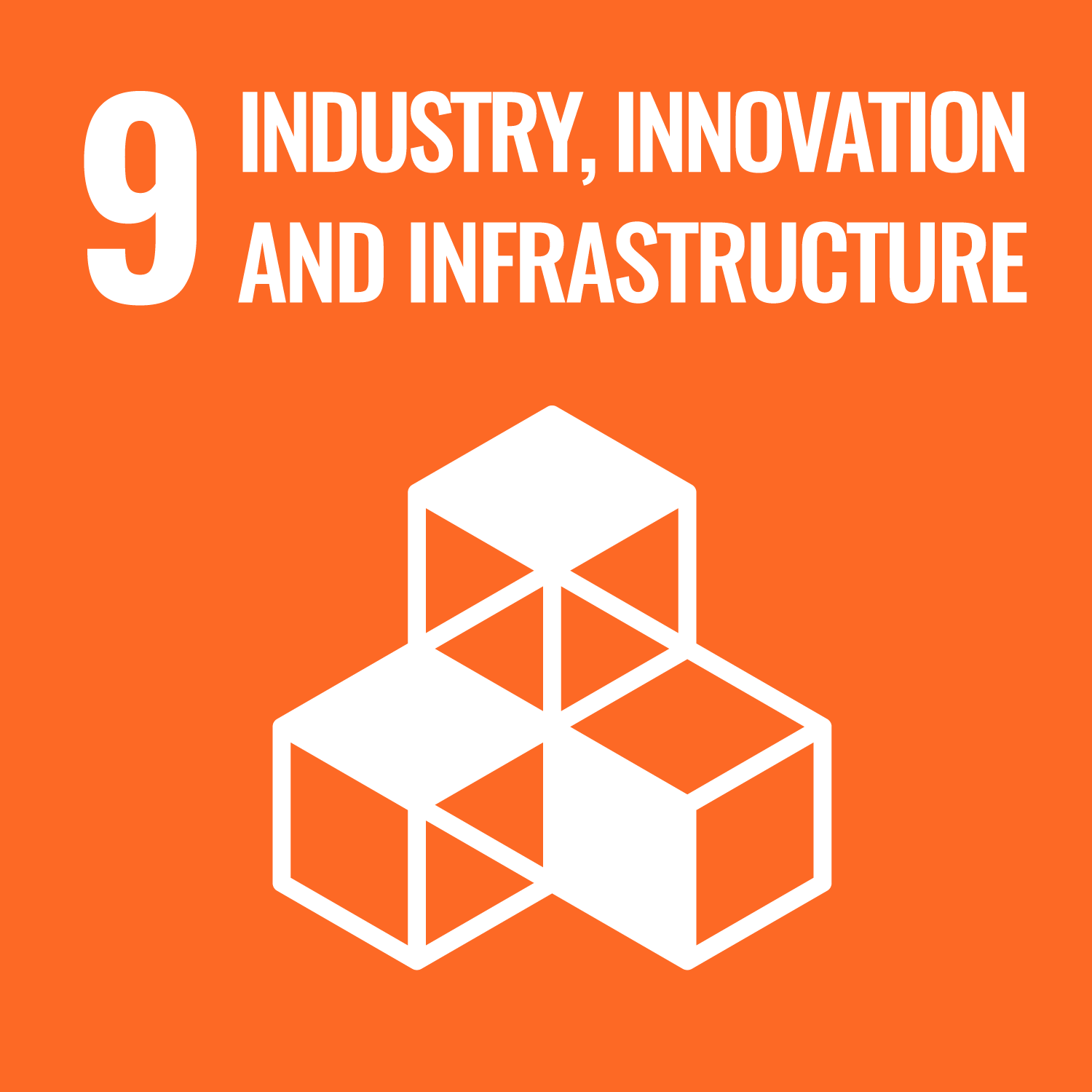
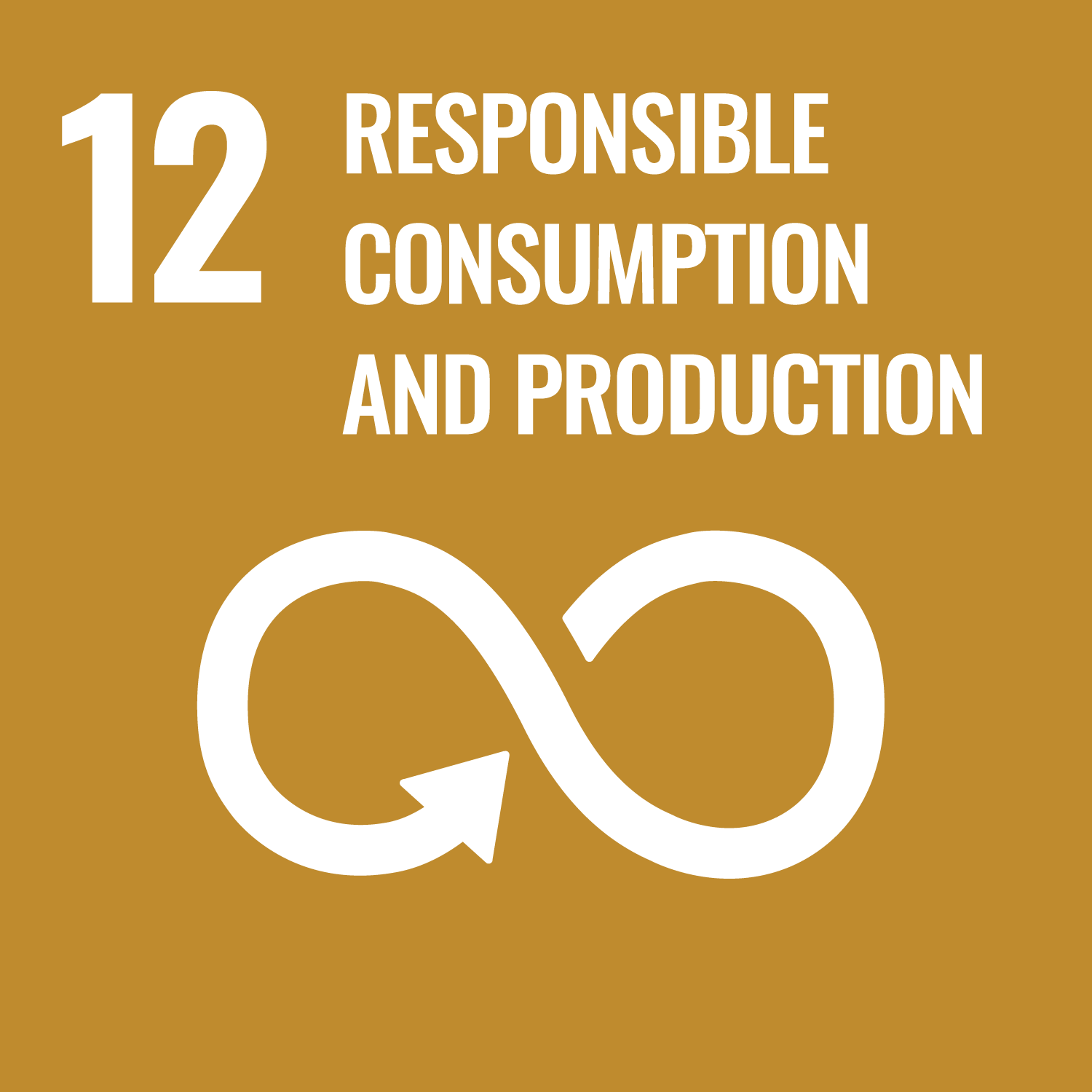
Reflection
Thinking back to the experiment, which material was performed best? This’ll be the best performing insulator. Can anyone think where this material may be used in day-to-day life as an insulating material already?
Heating up and cooling down buildings uses a lot of energy. Therefore, it’s important we try to prevent losses, for both cost and the environment. In addition, the insulation from these materials may also provide resistance from electricity and can aid sound proofing.
Now you know about what materials make a great insulator. Look around the meeting place you’re in or your own home. Can you spot any insulation? How could the insulation of the building be improved?
Safety
All activities must be safely managed. You must complete a thorough risk assessment and take appropriate steps to reduce risk. Use the safety checklist to help you plan and risk assess your activity. Always get approval for the activity, and have suitable supervision and an InTouch process.
- Fires and stoves
Make sure anyone using fires and stoves is doing so safely. Check that the equipment and area are suitable and have plenty of ventilation. Follow the gas safety guidance. Have a safe way to extinguish the fire in an emergency.
- Hot items and hot water
Kettles, cookers and microwave ovens produce a lot of heat by the very nature of them. Caution is needed when in contact with items that have been heated and young people should use them under adult supervision. Use on a suitable surface, protecting it if necessary. Never leave hot items unattended and make sure there’s a nearby first aid kit, with items to treat burns/scalds.
- Electrical equipment
Inspect cables for any damage before each use. A responsible adult should supervise people using equipment, and people should follow instructions on how to use them correctly and safely. They should be properly maintained and stored. Be extra cautious of trailing cables and water when using electric equipment.
- Scissors
Supervise young people appropriately when they’re using scissors. Store all sharp objects securely, out of the reach of young people.
- Some people may need some extra guidance being around the hot materials. You could have a safety talk reminder or extra supervision. Make sure you’ll have enough adult helpers. You may need some parents and carers to help if you’re short on helpers.
- Make sure you check for any allergies, sensory issues, and fears or phobias. Be mindful to select objects around this. If anyone doesn’t want to touch or hold the materials, that’s OK.
- If people may struggle with adding the material to the bowl, is there another way they could join in? Could they write down the results or time how long it takes the ice cube to melt? You could ask people to add the ice cube to the dish, too.
- Think about the space you’ll be in and the equipment you’re using in advance to make sure it’s accessible to everyone in the group. For example, make sure that all the materials are at a level that can be easily worked on and seen by wheelchair users.
- If anyone needs help or struggles with fine motor skills, give them the opportunity to work in pairs with another young person, with a young leader or an adult volunteer. They could use larger materials. You could swap out the items for something easier to handle.
- If people aren’t comfortable sharing with the group, people could get into pairs or small groups to chat about what they’ve learned instead.
All Scout activities should be inclusive and accessible.



